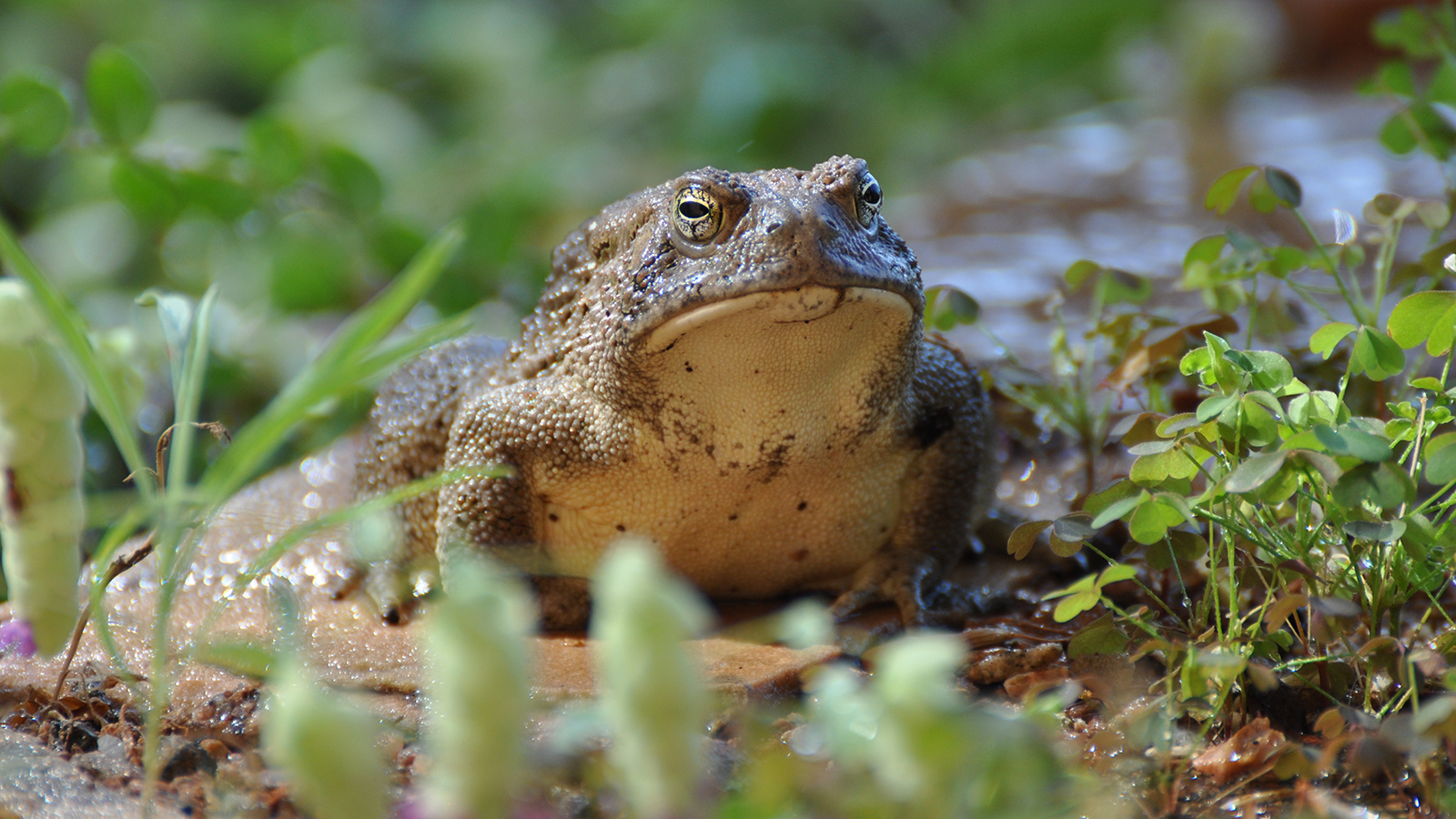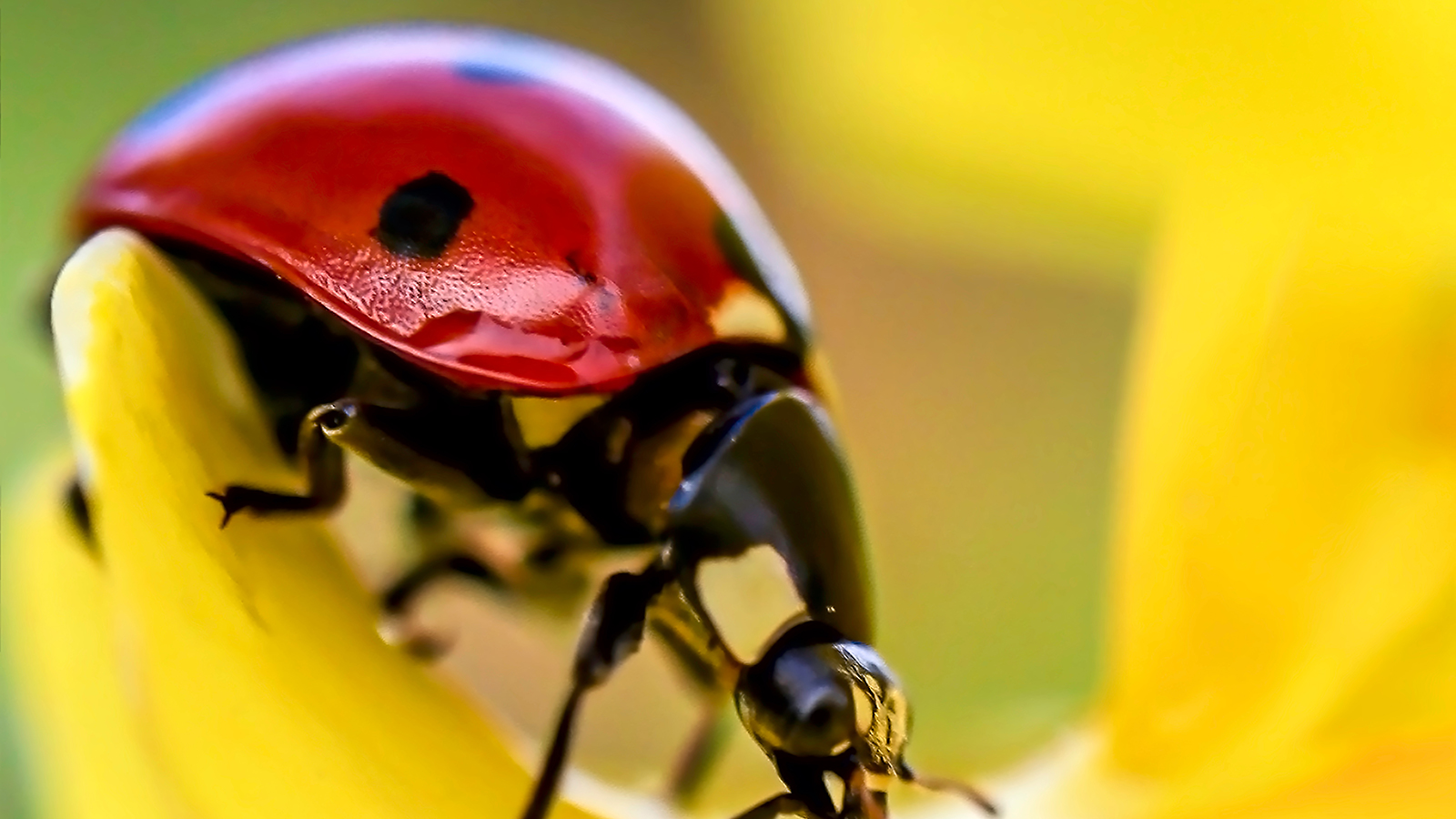Some land and marine animals predict the weather and what can be expected from cold, rain and heat, through some behaviors or reactions that appear on them before the onset of the mentioned weather.
In a report published by the American "Reds Digest" magazine, writer Laila Narji reviewed some of these animals, and explained the methods of their forecasting of weather conditions:
Frogs and toads
 Amphibians possess - according to the author - the ability to provide people with information regarding various natural phenomena. For example, the loud sounds that frogs make from chirping for a longer period of time may mean that a storm is about to blow.
Amphibians possess - according to the author - the ability to provide people with information regarding various natural phenomena. For example, the loud sounds that frogs make from chirping for a longer period of time may mean that a storm is about to blow.
And the toad (mud frog) can predict earthquakes, due to the transformations that occur underground and precede their occurrence, as these changes contribute to changing the chemistry of the ponds in which it lives, which leads to its escape.
Toad is able to predict earthquakes
Caterpillars
 (A larva representing the second stage of a butterfly's life) that appear in the spring across North America can predict the severity of the coming winter, and it is said that the darker the brown in their bodies, the milder the winter.
(A larva representing the second stage of a butterfly's life) that appear in the spring across North America can predict the severity of the coming winter, and it is said that the darker the brown in their bodies, the milder the winter.
The cress of the night
 The author indicated that the cress of the night is capable of predicting weather conditions and plays the role of a thermometer, as it is possible to assess the relationship between the ambient temperature and the rate of sound produced by these insects, so if the whistling sounds thirty times repeated, it is likely that the outside temperature is about 21 Celsius.
The author indicated that the cress of the night is capable of predicting weather conditions and plays the role of a thermometer, as it is possible to assess the relationship between the ambient temperature and the rate of sound produced by these insects, so if the whistling sounds thirty times repeated, it is likely that the outside temperature is about 21 Celsius.
Night grind plays the role of a thermometer
Birds
Ancient traditions confirm that birds are able to predict the weather, for example if crows fly in pairs, then the weather must be expected, but if the crow flies alone, this is a sign that the weather will get worse.
The weather changes that occur before the storm force the birds to perch instead of flying, and we notice that they are lining up on a power cord before the rains or before the onset of severe cold.
We also note that birds eat their strength in the morning as soon as they wake up, so that they do not have to search for their food when the weather is stormy, while changes in atmospheric pressure are responsible for pushing the birds to migrate in the spring and autumn.
Birds flying in groups, evidence of improved weather conditions
Fish
 Animals that live underwater feel the changes in atmospheric pressure just like those that live in the sky.
Animals that live underwater feel the changes in atmospheric pressure just like those that live in the sky.
Accu Weather explains that "when the rain is near or imminent, the atmospheric pressure generally decreases and causes the particles of plants that were trapped at the bottom of the lake to rise, and when this happens the microorganisms spread in the water and provide food for the young fish, and the small fish in turn turn into food for the fish." Large fish jumping in the water more than usual.
Fish give indications about changing atmospheric pressure
Sheep
 Gather - according to How Stuff Works - in crowds in order to maintain warmth before the rains, and other theories suggest that their frequent urination in pens means the expectation of heavy rains.
Gather - according to How Stuff Works - in crowds in order to maintain warmth before the rains, and other theories suggest that their frequent urination in pens means the expectation of heavy rains.
Ladybugs
Author reported that ladybirds (red and black spotted beetles) are able to predict the weather, so if they appear in large numbers, it is expected that the weather will be warm, and when their numbers are few, it is possible that the weather will be cold so they gather under the bark of a plant in order to maintain warmth.
The appearance of the ladybird outside is evidence of the warm weather.
Spiders
National Geographic explains that spiders seek shelter indoors when the weather outside is about to get cold.
Rabbits, pigs and a mole
 Is said to pigs gathered trees and straw leaves when approaching the date of the cold winter, the mole and dig deep holes in line with the degree of cold winter temperatures, as may indicate the emergence of a rabbit fat in the fall on a cold winter that season is coming.
Is said to pigs gathered trees and straw leaves when approaching the date of the cold winter, the mole and dig deep holes in line with the degree of cold winter temperatures, as may indicate the emergence of a rabbit fat in the fall on a cold winter that season is coming.
The author indicates that cows can predict the weather, and it is said - according to the hereditary - that when the cows lie in the field, this indicates early rain.
It is also said that any angle that the cow faces while standing has a special meaning, and that the tail facing west means that the sky is clear, while the tail facing east indicates that the weather is likely to get more difficult.
Source : American Press






